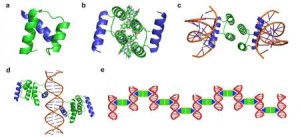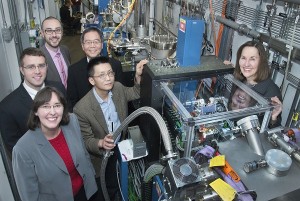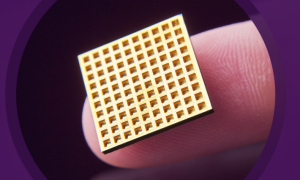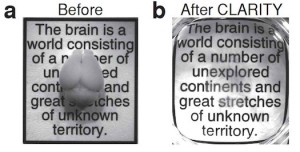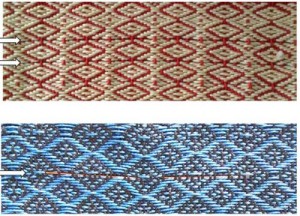Leveraging electrochemistry to beat diabetes
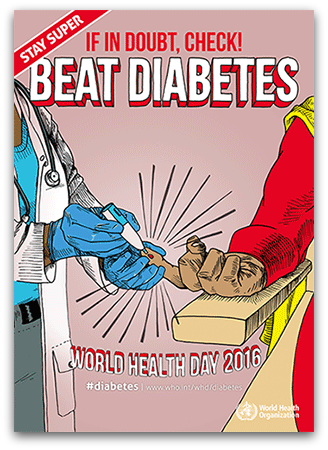 This year’s World Health Day focuses on diabetes and reducing the burden of a disease that affects over 420 million people worldwide. To put that in perspective, that number rested at 180 million in 1980. It is expected to more than double within the next 20 years.
This year’s World Health Day focuses on diabetes and reducing the burden of a disease that affects over 420 million people worldwide. To put that in perspective, that number rested at 180 million in 1980. It is expected to more than double within the next 20 years.
So how can we beat diabetes? Well, electrochemistry has the potential to play a rather large role in halting the rise of this disease that kills 1.5 million people each year.
A pioneer in diabetes management
Meet Adam Heller, electrochemist and inventor of the FreeStyle and FreeStyle Libre systems; glucose monitoring devices that changed diabetes management technology.
“People were pricking their fingers and taking large blood drops,” Heller, ECS honorary member, said. “It was painful: get a strip, touch it, get a blood sample, measure the glycemia (the blood glucose concentration).”
Around 20 years ago, Heller decided to address the pressing issue of how to accurately, easily, and affordably monitor blood glucose levels. As an electrochemist, he took his work in the electrical wiring of redox enzymes and began to apply it to glucose and diabetes management.
“[My son] observed that if he pricks his skin in the arm, he can painlessly get a much smaller sample of blood,” Heller, who was awarded the National Medal of Technology and Innovation for his efforts in diabetes management technology, said. “By pricking his finger, he got, painfully, a large drop of blood. So he asked me, ‘Can we make a sensor for such a small sample of blood?’ I knew that it could be done if I used a small enough electrode.”


